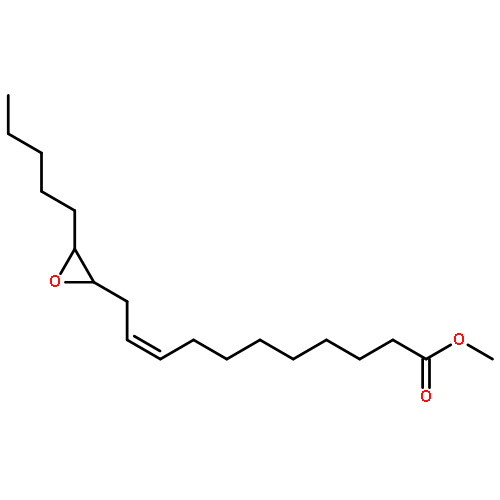Co-reporter: Vladimir A. Tyurin, Naveena Yanamala, Yulia Y. Tyurina, Judith Klein-Seetharaman, Colin H. Macphee, and Valerian E. Kagan
pp:
Publication Date(Web):November 13, 2012
DOI: 10.1021/bi301024e
Ca2+-independent lipoprotein-associated phospholipase A2 (Lp-PLA2) is a member of the phospholipase A2 superfamily with a distinguishing characteristic of high specificity for oxidatively modified sn-2 fatty acid residues in phospholipids that has been especially well characterized for peroxidized species of phosphatidylcholines (PC). The ability of Lp-PLA2 to hydrolyze peroxidized species of phosphatidylserine (PS), acting as a recognition signal for clearance of apoptotic cells by professional phagocytes, as well as the products of the reaction has not been investigated. We performed liquid chromatography–electrospray ionization mass spectrometry-based structural characterization of oxygenated, hydrolyzed molecular species of PS-containing linoleic acid in either the sn-2 position (C18:0/C18:2) or in both sn-1 and sn-2 positions (C18:2/C18:2), formed in the cytochrome c- and H2O2-driven enzymatic oxidation reaction. Cytochrome c has been chosen as a catalyst of peroxidation reactions because of its likely involvement in PS oxidation in apoptotic cells. We found that Lp-PLA2 catalyzed the hydrolysis of both nontruncated and truncated (oxidatively fragmented) species of oxidized PS species, albeit with different efficiencies, and performed detailed characterization of the major reaction products: oxygenated derivatives of linoleic acid as well as nonoxygenated and oxygenated species of lyso-PS. Among linoleic acid products, derivatives oxygenated at the C9 position, including 9-hydroxyoctadecadienoic acid (9-HODE), a potent ligand of G protein-coupled receptor G2A, were the most abundant. Computer modeling of interactions of Lp-PLA2 with different PS-oxidized species indicated that they are able to bind in the proximity (<5 Å) of Ser273 and His351 of the catalytic triad. For 9-hydroxy and 9-hydroperoxy derivatives of oxidized PS, the sn-2 ester bond was positioned very close (<3 Å) to the Ser273 residue, a nucleophile directly attacking the sn-2 bond, thus favoring the hydrolysis reaction. We suggest that oxidatively modified free fatty acids and lyso-PS species generated by Lp-PLA2 may represent important signals facilitating and regulating the execution of apoptotic and phagocytosis programs essential for the control of inflammation.
